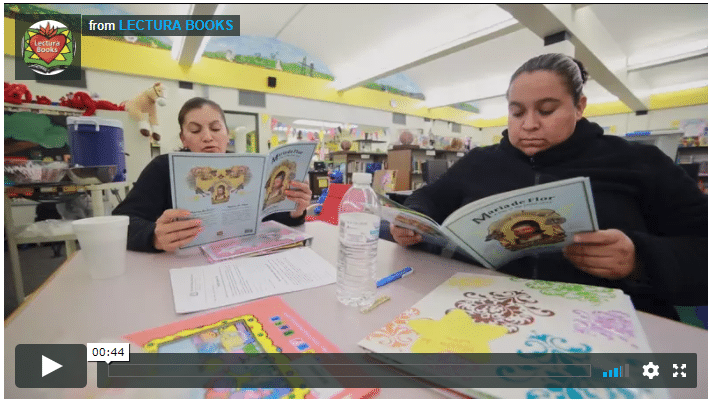A Language Issue or a Learning Disability? 
In a time of culturally and linguistically-diverse students in the States, classroom teachers and schools play an important role in identifying the needs of all students, including English language learners (ELLs), says a 2017 article in the Journal of Human Services: Training, Research, and Practice, in terms of whether or not a student has a language issue or a learning disability. All too often, kids are either under or over-identified for language-related assessments and support services, it says.
Although learning a foreign language could result in a delay in that language, such as English, children with language difference will have language skills in their native language that are equal to typically- developing children, states the article. Also, a child’s first language (L1) and second language (L2) is usually developing at the same time or at a different rate of speed or pattern depending on their linguistic environment, it says. When there is a problem, there will almost always be deficits in language comprehension and/or production in both the home language and the second language, says one expert in the article. It should also be mentioned that though teachers aren’t responsible for making decisions related to language assessment or proficiency, they are in an important position as early identifiers of children who may need further evaluation or observation.
In 2015, The National Center for Education Evaluation and Regional Assistance (NCEE) organized a study team that reviewed guidelines from the 20 states with the highest numbers of ELLs. From these, five principles were determined for ELL students:
- Having a policy in place indicating that additional considerations will be used in placing English learner students in special education programs
- Providing test accommodations
- Having exit criteria for English learner students in special education
- Assessing their language and disability needs using a response to intervention
- Publishing manuals to assist educators in identifying and supporting ELLs with learning disabilities
Sadly, back in the 1980s, a research institute reported that Hispanic children of foreign-born parents were more likely to be identified as disabled, especially when tested in English, says a 2011 journal article from the Council for Exceptional Children. Due to this possibility, evidence of disproportions in the system like this should be treated as indicative of underlying problems, even now, it says. Although mainstream teachers may know core curriculum subjects, like science or social studies, most are not language experts, herein lies the problem and points to the importance of professional development and continuing education for teachers.
As an antidote to this issue, The Latino Family Literacy Project has been training teachers and staff for nearly 20 years in public schools across the country in the area of English-language development. A White House BRIGHT SPOT winner, The Latino Family Literacy Project offers staff development and training workshops to educators for ELL parent involvement. Educators provide these programs to parents at their school to help them in establishing a regular family reading routine, vocabulary development, college awareness, and English-language skills.
